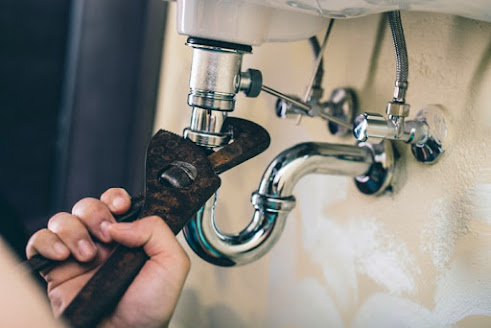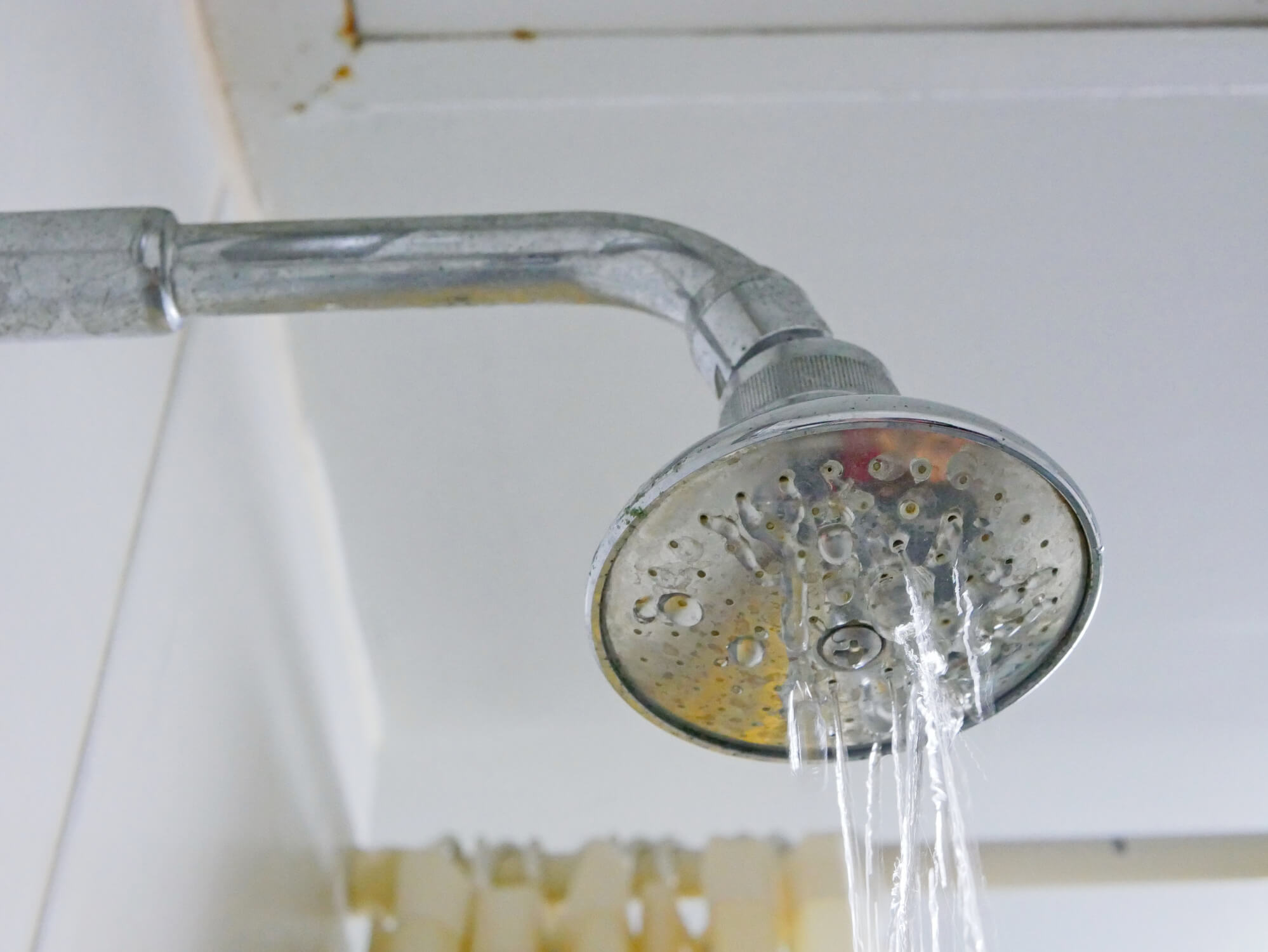Here down the page you can discover a bunch of very good tips with regards to Why Do My Pipes Make Noises.

To identify noisy plumbing, it is important to determine first whether the unwanted sounds take place on the system's inlet side-in other words, when water is turned on-or on the drainpipe side. Sounds on the inlet side have actually varied reasons: too much water stress, worn valve as well as tap parts, improperly attached pumps or other appliances, inaccurately put pipe bolts, and also plumbing runs having way too many tight bends or various other constraints. Noises on the drain side usually stem from inadequate area or, just like some inlet side noise, a design containing limited bends.
Hissing
Hissing noise that occurs when a faucet is opened a little normally signals too much water pressure. Consult your local water company if you think this problem; it will have the ability to inform you the water stress in your area as well as can install a pressurereducing shutoff on the incoming water system pipeline if needed.
Thudding
Thudding noise, usually accompanied by trembling pipelines, when a faucet or appliance valve is shut off is a problem called water hammer. The sound and vibration are brought on by the resounding wave of pressure in the water, which unexpectedly has no location to go. Occasionally opening up a valve that discharges water rapidly into a section of piping including a constraint, joint, or tee installation can create the exact same problem.
Water hammer can normally be treated by setting up installations called air chambers or shock absorbers in the plumbing to which the problem shutoffs or taps are connected. These gadgets permit the shock wave developed by the halted circulation of water to dissipate in the air they include, which (unlike water) is compressible.
Older plumbing systems might have short vertical sections of capped pipe behind walls on faucet competes the same objective; these can at some point loaded with water, reducing or ruining their efficiency. The treatment is to drain the water supply completely by shutting down the main water system shutoff and also opening all faucets. Then open up the primary supply valve and shut the faucets one at a time, beginning with the tap nearest the shutoff and also finishing with the one farthest away.
Chattering or Screeching
Extreme chattering or shrieking that happens when a shutoff or faucet is activated, which usually disappears when the installation is opened totally, signals loose or faulty interior parts. The remedy is to change the valve or faucet with a brand-new one.
Pumps as well as home appliances such as cleaning devices and dish washers can transfer motor noise to pipes if they are poorly connected. Connect such products to plumbing with plastic or rubber hoses-never stiff pipe-to isolate them.
Various Other Inlet Side Noises
Squeaking, squealing, damaging, snapping, and also tapping typically are caused by the development or tightening of pipes, normally copper ones providing warm water. The audios occur as the pipes slide versus loose bolts or strike nearby residence framing. You can frequently determine the area of the issue if the pipes are exposed; just follow the audio when the pipes are making sounds. More than likely you will certainly find a loosened pipe wall mount or an area where pipes exist so close to flooring joists or other framing items that they clatter against them. Attaching foam pipe insulation around the pipelines at the point of call ought to remedy the problem. Make sure bands and hangers are protected and provide adequate assistance. Where feasible, pipeline fasteners ought to be connected to massive architectural aspects such as structure wall surfaces as opposed to to framing; doing so minimizes the transmission of vibrations from plumbing to surfaces that can amplify and also transfer them. If attaching bolts to framework is unavoidable, wrap pipelines with insulation or various other durable material where they call fasteners, and also sandwich the ends of brand-new fasteners in between rubber washers when mounting them.
Correcting plumbing runs that experience flow-restricting tight or countless bends is a last hope that should be taken on only after consulting a skilled plumbing specialist. However, this scenario is rather usual in older homes that might not have actually been constructed with indoor plumbing or that have actually seen a number of remodels, specifically by novices.
Drain Noise
On the drainpipe side of plumbing, the principal objectives are to eliminate surface areas that can be struck by falling or rushing water and to protect pipes to consist of inevitable audios.
In brand-new building and construction, bath tubs, shower stalls, commodes, as well as wallmounted sinks and basins ought to be set on or against resilient underlayments to decrease the transmission of audio with them. Water-saving bathrooms and taps are less loud than standard versions; mount them as opposed to older kinds even if codes in your area still permit making use of older components.
Drains that do not run vertically to the basement or that branch into straight pipeline runs sustained at floor joists or other framing present especially problematic sound troubles. Such pipelines are big enough to radiate considerable vibration; they likewise lug significant quantities of water, that makes the situation even worse. In new building and construction, specify cast-iron dirt pipelines (the big pipes that drain pipes toilets) if you can afford them. Their massiveness consists of much of the sound made by water going through them. Additionally, stay clear of routing drains in walls shown bedrooms and spaces where individuals collect. Walls containing drains ought to be soundproofed as was explained earlier, using dual panels of sound-insulating fiberboard as well as wallboard. Pipelines themselves can be wrapped with unique fiberglass insulation made for the objective; such pipelines have a resistant vinyl skin (sometimes having lead). Outcomes are not always adequate.
If Your Plumbing is Making These Sounds, There’s a Problem
A Bang or Thump When You Turn Off a Faucet
If a loud bang or thump greets you each time your turn off running water, you likely have a water hammer. A water hammer occurs when the water velocity is brought to a halt, sending a shock wave through the pipe. It can be pretty jarring — even worse, damaging to your plumbing system. All that thudding could loosen connections.
Strange Toilet Noises
You’re so familiar with the sounds your toilet makes that your ears will be attuned to anything out of the ordinary. Fortunately, most unusual toilet noises can be narrowed down to just one of several problems.
Foghorn sound:
- Open the toilet tank
- Flush the toilet
- When you hear the foghorn noise, lift the float to the top of the tank
If you’re ambitious, you can remove the ballcock valve and disassemble it to replace the washer. Or you can more easily replace the ballcock valve entirely. This device is relatively inexpensive and available at most any hardware store.
Persistent hissing:
The hissing following a flush is the sound of the tank filling. It should stop once the tank is full. But if the hissing continues, it’s likely because water is leaking out of the tank. The rubber flap at the bottom of the tank can degrade, letting water slip through and into the bowl. That’s why the tank is refilling continuously. Fortunately, this is an easy fix:
- Cut the water to the toilet by closing the shutoff valve on the water supply line.
- Flush the toilet to drain the tank.
- Disconnect the flapper
- Attach the new flapper
Gurgling or bubbling:
Gurgling or bubbling suggests negative air pressure in the drain line, likely resulting from a clog. As air releases, it causes the water in the toilet to bubble. This could either be a minor issue or a major one, depending on the clog’s severity. Clogs can be caused by toilet paper or more stubborn obstructions such as tree roots. If you can’t work out the clog with a plunger, contact a professional plumber for assistance because a clog of this magnitude could lead to filthy and unsanitary sewage backups in your sink bathtub.

I ran across that blog post on Diagnose Unwanted Plumbing Noises when doing a lookup on the web. So long as you enjoyed our post plz don't forget to share it. Thank you so much for your time invested reading it.
Leak? Reach out!
Comments on “Proven Methods for Identify and Address Plumbing Noises”